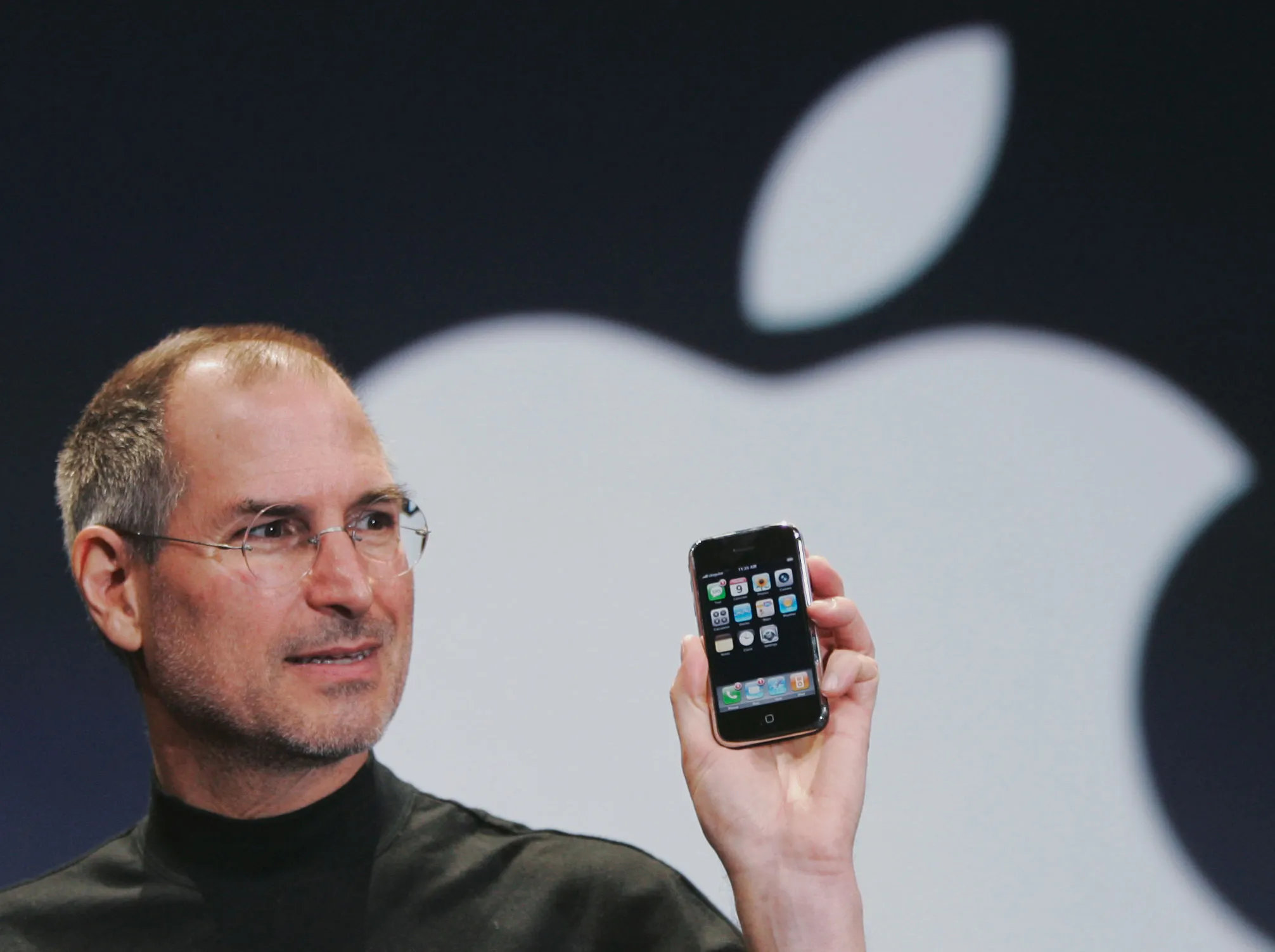The world of mobile photography is constantly evolving, with each new iteration of smartphone operating systems bringing fresh features and design tweaks. Whispers and rumors surrounding Apple’s upcoming iOS 19 have sparked considerable excitement, particularly concerning a potential overhaul of the Camera app.
These rumors suggest a significant redesign inspired by the immersive interface of visionOS, Apple’s operating system for the Vision Pro headset. This potential shift promises a more intuitive and visually engaging photography experience on the iPhone.
While official confirmation from Apple remains elusive, insights from reliable sources, like tech commentator Jon Prosser, offer a glimpse into what might be in store. Prosser, known for his track record of revealing accurate information about upcoming Apple products, recently shared details about the alleged redesign. Choosing to protect his sources, Prosser opted to create rendered images based on the information he obtained, offering a visual representation of the rumored changes.
These rendered images paint a picture of a Camera app transformed. One of the most striking changes is the introduction of translucent menus for various camera controls. This design choice draws heavily from the aesthetic of visionOS, creating a seamless and modern look.
The translucent menus not only look visually appealing but also offer a practical advantage, allowing users to see more of the viewfinder while adjusting settings. This enhanced visibility could significantly improve the composition process, enabling photographers to frame their shots more accurately.
The rumored redesign also appears to bring a more organized approach to camera controls. The controls are reportedly divided into clear categories for photo and video, making it easier for users to find the specific settings they need. Among the features highlighted are options for recording spatial video, a feature that aligns with the immersive capabilities of visionOS. The inclusion of a timer for photos is also mentioned, a standard feature but one that benefits from a more accessible placement within the redesigned interface.
Further enhancing the user experience, controls for video resolution and frame rate are designed to appear dynamically at the top of the screen when needed. This contextual approach keeps the interface clean and uncluttered, preventing information overload and allowing users to focus on capturing the perfect moment.
Overall, the rumored redesign emphasizes a cleaner aesthetic, maximizing the visible area of the viewfinder compared to the current iOS 18 Camera app. This focus on maximizing screen real estate for the viewfinder is a welcome change for photographers who value precision and visual clarity.
Interestingly, previous rumors suggested a similar visionOS-inspired redesign for iOS 18. While those rumors ultimately didn’t materialize, it’s possible that Apple was indeed working on these changes but opted to hold them back for iOS 19. A leaked screenshot that surfaced after the initial iOS 18 rumors, showcasing translucent menus, further fueled speculation but was later deemed inauthentic. Perhaps this was an early glimpse of the development process, with Apple refining the design for a later release.
The potential influence of visionOS on iOS 19 might not be limited to the Camera app. Speculation suggests that these design changes could extend to other iOS interfaces and built-in apps. Imagine the Home Screen widgets adopting a similar translucent design, creating a cohesive and visually harmonious user experience across the entire operating system. While this remains purely speculative, it highlights the potential for a broader shift in Apple’s design language.
If these rumors hold true, the redesigned Camera app in iOS 19 could represent a significant leap forward in mobile photography. The combination of a cleaner interface, enhanced visibility, and visionOS-inspired aesthetics promises a more intuitive and immersive experience for iPhone users.
While we await official confirmation from Apple, the anticipation surrounding iOS 19 and its potential camera revolution continues to build. The official unveiling of iOS 19 is expected at WWDC 2025 in June, with a public release anticipated in September of the same year. Until then, the world of mobile photography eagerly awaits the next chapter in Apple’s innovation.






